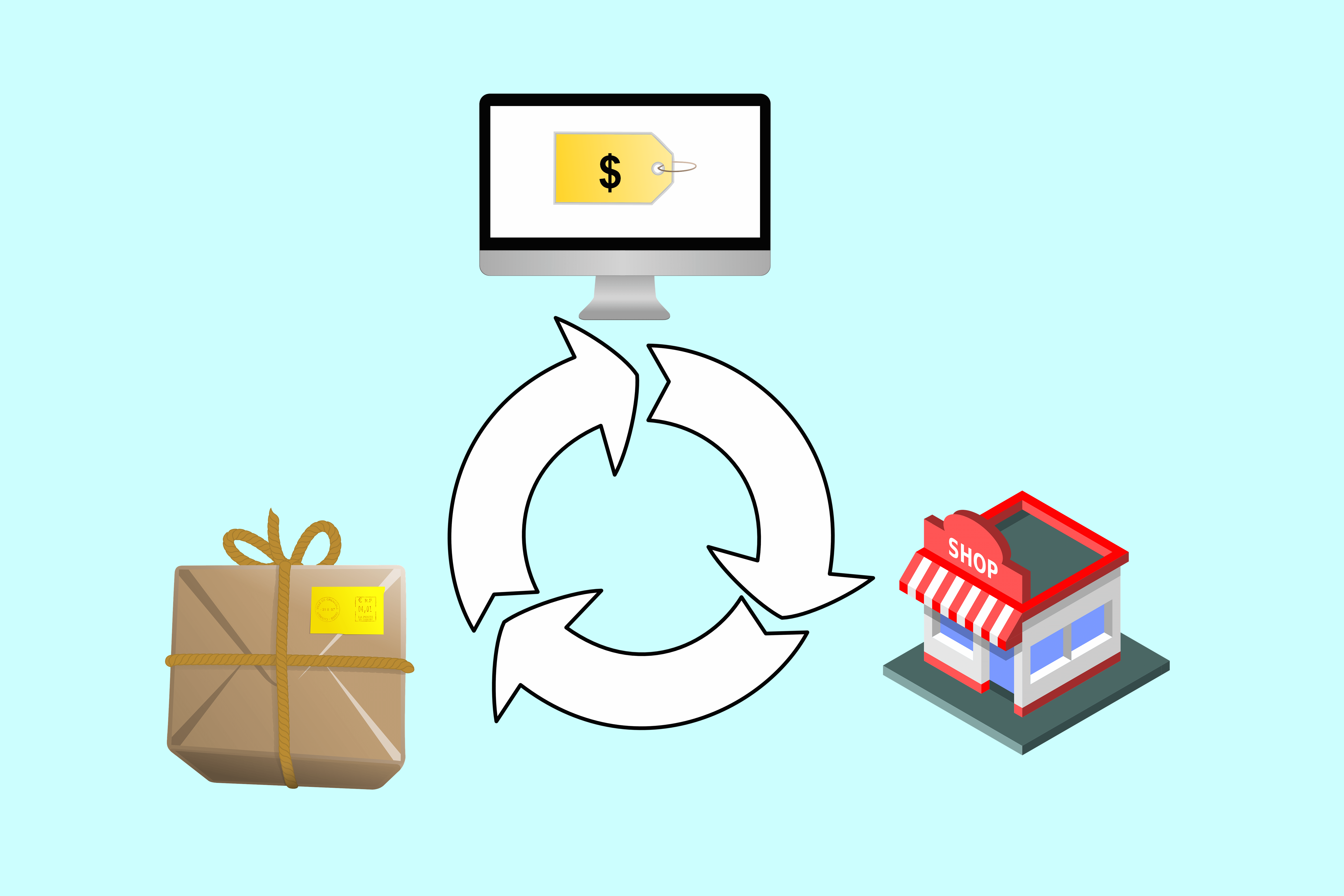Stock trading is often associated with the popular mindset either with retail investors who dabble in trading on the side or financial services providers such as hedge funds. However, there’s a whole world of people and organizations out there that benefit from stock trading, and they’re not limited to these categories. Businesses that aren’t involved in trading financial instruments as their main source of income can also benefit from stock trading, and it’s actually a wise move for most people. Here, then, is how a business can enter the stock market and provide a sustainable second income stream for itself.
Keep on top of developments :
Running a business is a busy task: from hiring new staff to restocking the printer, there’s plenty to be thinking about. If you don’t have someone managing your business stock trades for you all of the time, then it’s definitely worth investing in a service that can help you monitor the markets and flag up any new stock opportunities that may be of interest, as well as any key market events such as data releases that could impact their value. Stock tips every week from an information provider are sensible, and it could mean the difference between a vibrant and profitable portfolio and a less successful one.
Work with a broker :
Buying stocks as a business will most likely require the assistance of a broker. This is by far the most sensible option to take as it means that you’re less likely to run the risk of getting ripped off or investing in a stock that turns out to be a dud. You may be under the impression that only individuals can sign up for brokers like these – but that’s not the case.
Many major brokerages make this process very simple: the online interfaces of most such companies allow you to specify your company as the buyer, and you can pick from corporation, limited partnership, limited liability company (LLC) and more. If you’re an LLC or a similar organization, then your operating agreement or constitution should probably specify who in the company has the authority to buy shares using company funds.
Get your goals right :
The main strategic job that you’ll have to do is work out what you want to achieve with your company investment. Perhaps you’ve got a lot of cash tied up in your company and simply want a better return than the bank, or maybe you’re hoping to build a larger income stream to fund a new branch or venture. Once you’ve got that settled, you’ll be able to instruct your broker to develop a risk profile for your firm and find stocks that match your requirements.
It’s not just individuals who have the ability to sign up for brokers and buy stocks but also businesses. By keeping on top of stock market developments and having a range of fixed goals, you can raise the chances that your company stock trading experience is a smooth and ultimately profitable one.
Read Also :






















